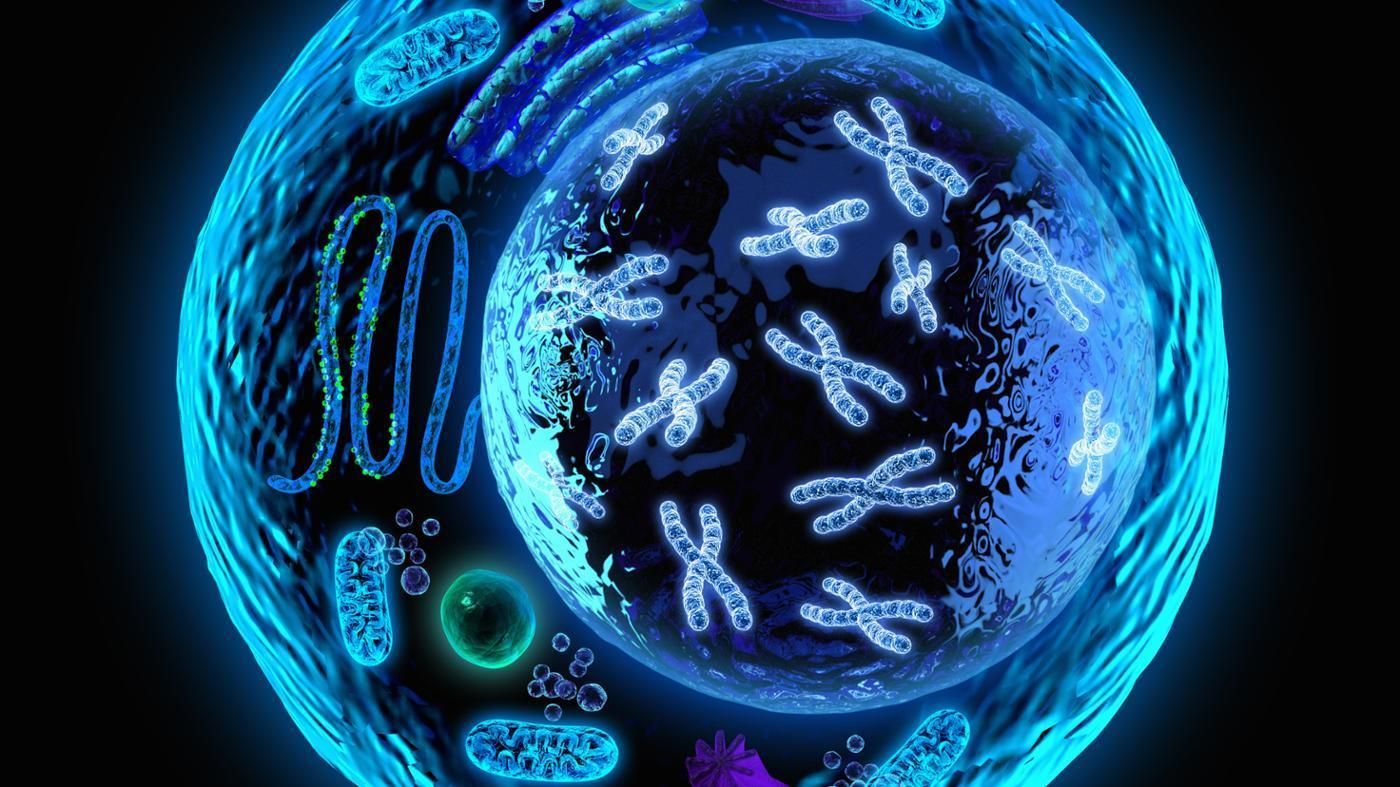Scripps Florida Scientists Expand Toolbox to Study Cellular Function
JUPITER, FL – January 4, 2017 – Scientists on the Florida campus of The Scripps Research Institute (TSRI) have developed a new tool for studying the molecular details of protein structure.
Their new study, published recently in the journal Proceedings of the National Academy of Sciences, explores how evolution can be used to discover new and useful enzyme tools, called proteases. Proteases cleave proteins into smaller peptide pieces that scientists can then analyze to determine the identity of the protein and whether a cell has made chemical changes to the protein that might alter its function.
The new protease developed in the study helps shed light on these chemical changes, called post-translational modifications. Post-translational modifications are alterations made to proteins after the proteins are translated from RNA.
“We have to observe these protein modifications directly through chemical analysis; we can’t read them out of DNA sequence,” explained study senior author Brian M. Paegel, associate professor at TSRI.
These modifications can dramatically alter a protein’s stability and function, and unregulated modification can lead to disease, such as cancer. Therefore, understanding the nature and location of these modifications can be critical in the early phases of drug discovery.
Scientists currently rely on a technique called mass spectrometry to study post-translational modifications. With mass spectrometry, scientists analyze peptides to see if their mass changes—a bit like zooming in on that protein to see hidden details. An unexpected change in mass can indicate the occurrence of a post-translational modification.
Many scientists today use a protease called trypsin to break proteins into peptides. Because there are few other proteases available for mass spectrometry, trypsin has become the workhorse of the field. However, Paegel explained, it’s luck of the draw if trypsin generates a peptide with a modified site. So Paegel and co-workers thought it would be useful to have a new tool that cleaved directly at the modified site.
To solve this problem, Paegel developed a new trypsin “mutant” using a technique called “directed evolution.” The scientists created many thousands of trypsin mutants and tested each mutant for its ability to cut a protein at modified sites. They discovered a mutant that could cut proteins at citrulline, which is one type of modification.
Paegel believes this new approach could be useful for mapping a wider range of post-translational modifications, and he hopes to use directed evolution to discover proteases that target many other post-translational modifications. “I think we’re on the brink of an explosion of new tools for mass spectrometry,” he said.
In addition to Paegel, authors of the study, “Evolution of a mass spectrometry-grade protease with PTM-directed specificity,” were Duc. T. Tran (first author), Valerie Cavett, Vuong Q. Dang and Héctor L. Torres of TSRI.
This study was supported by a National Institutes of Health’s Director’s New Innovator Award (grant OD008535) and a National Science Foundation Research Experiences for Undergraduates Grant (1359369).
This article was originally published on Scripps.edu.









